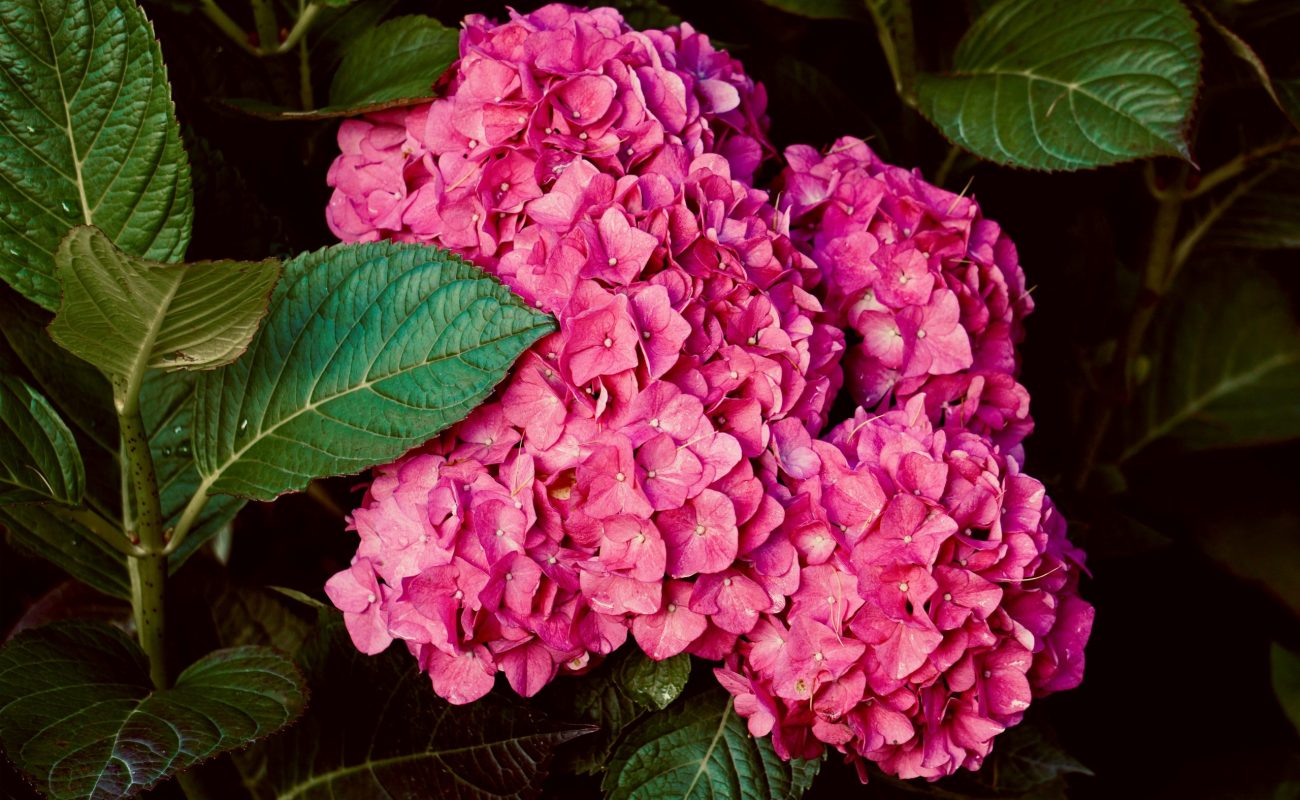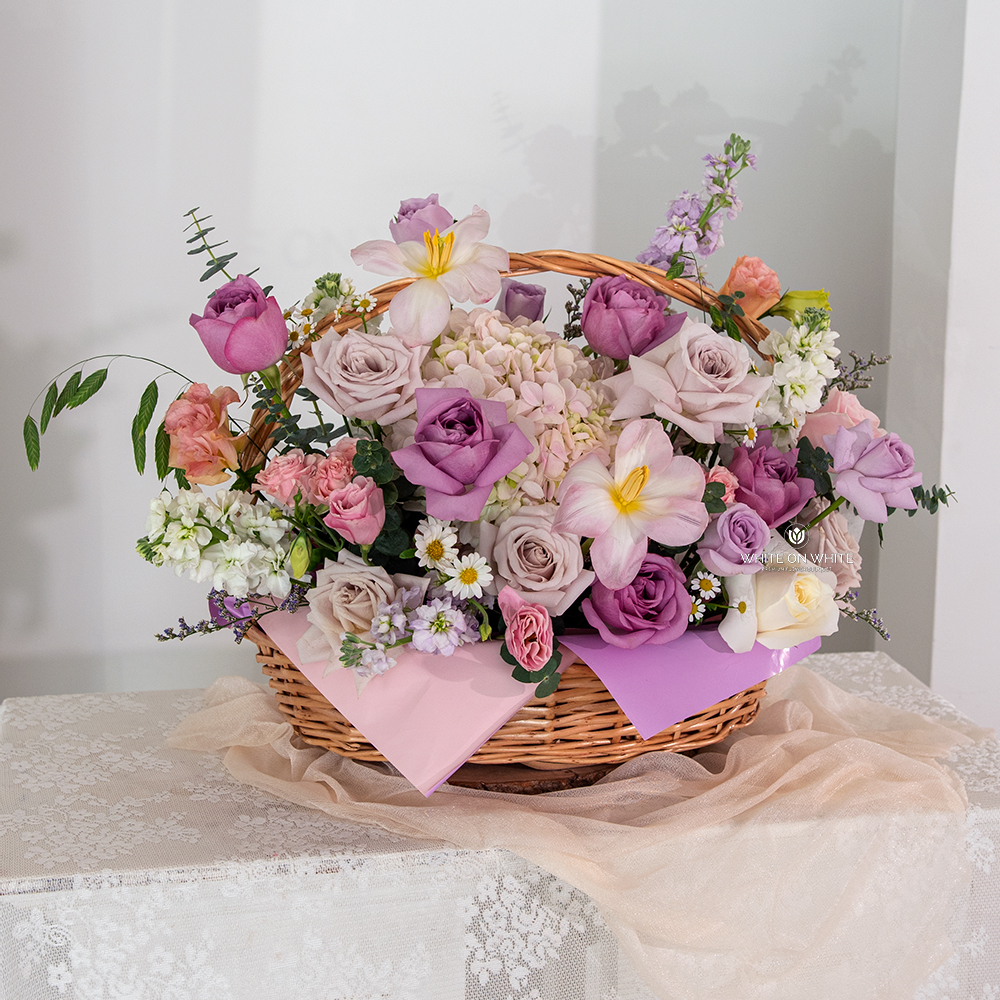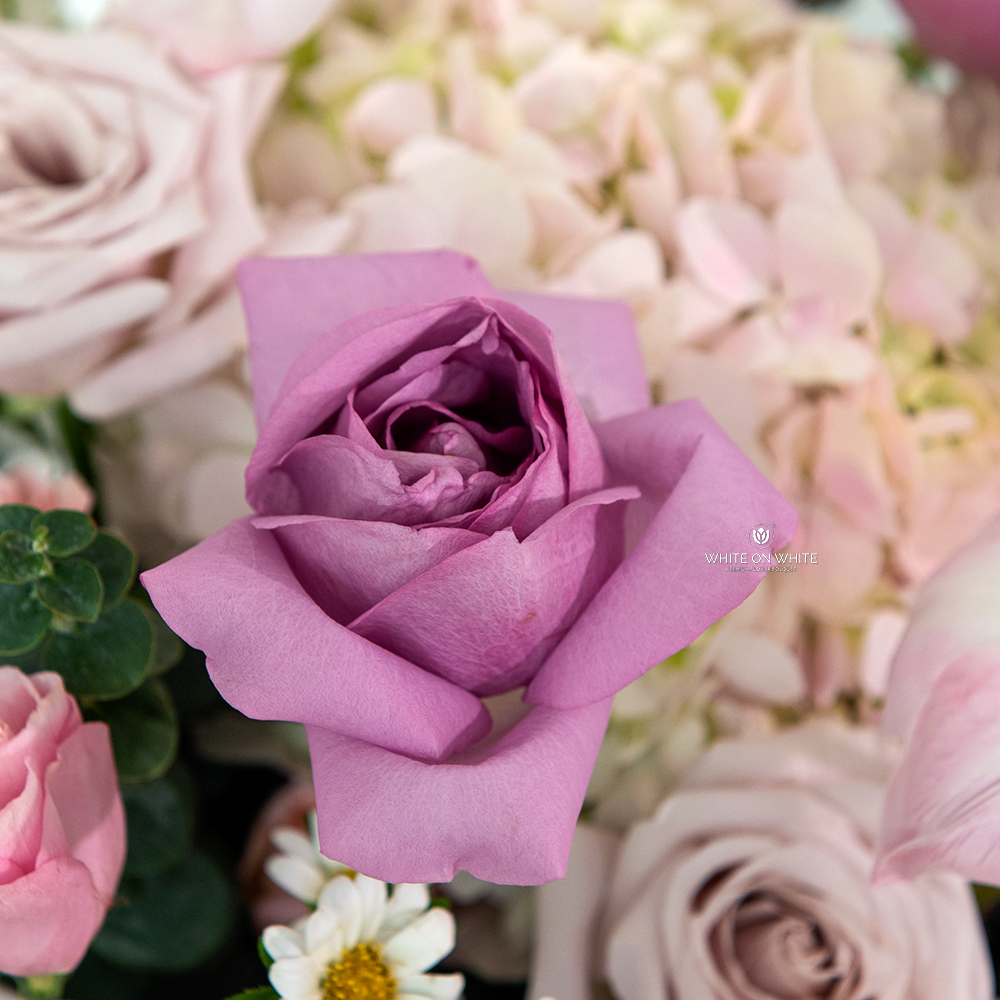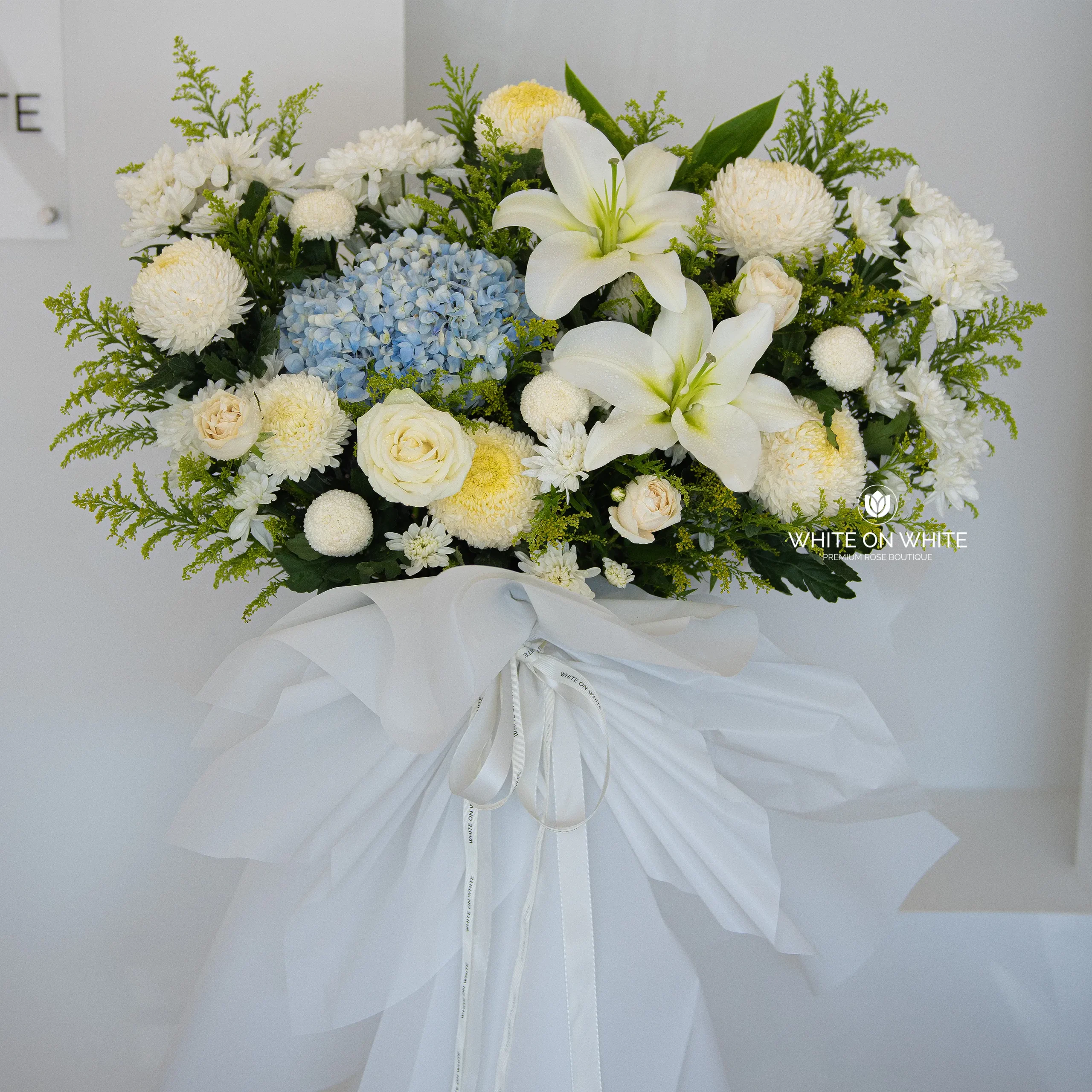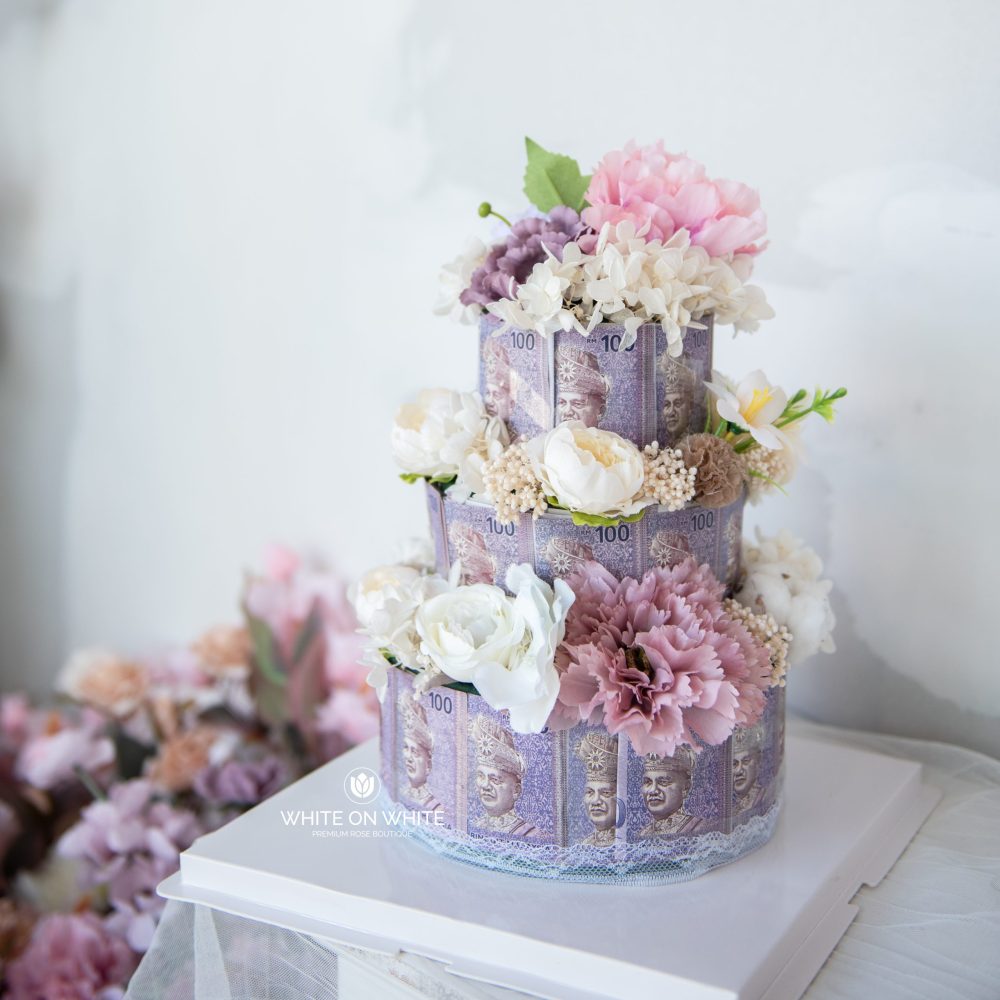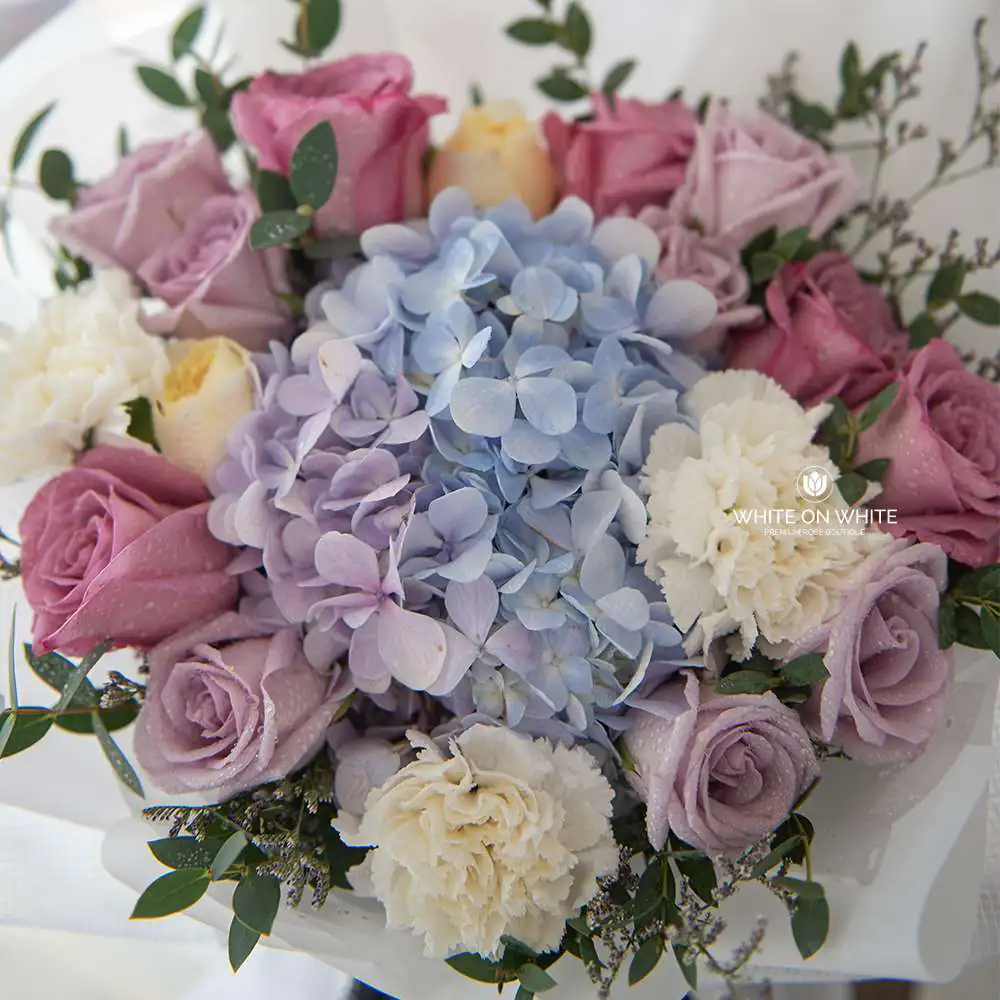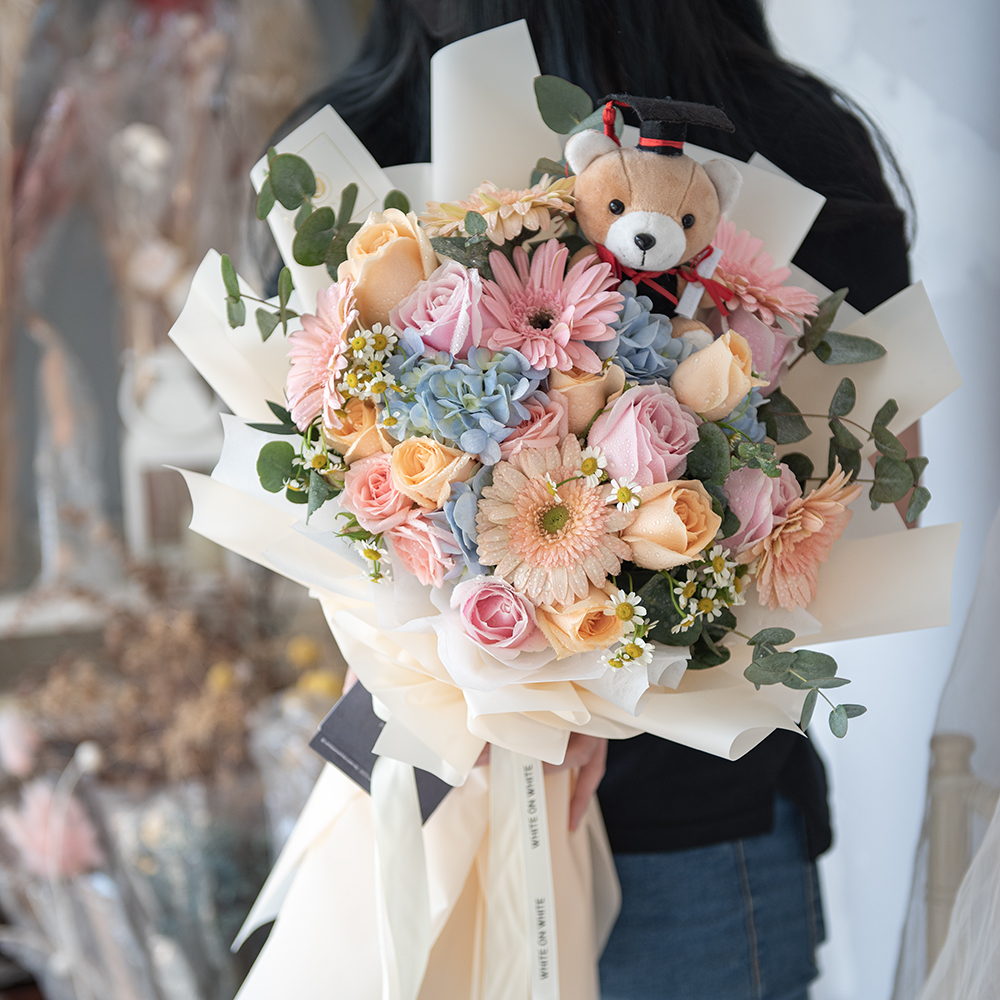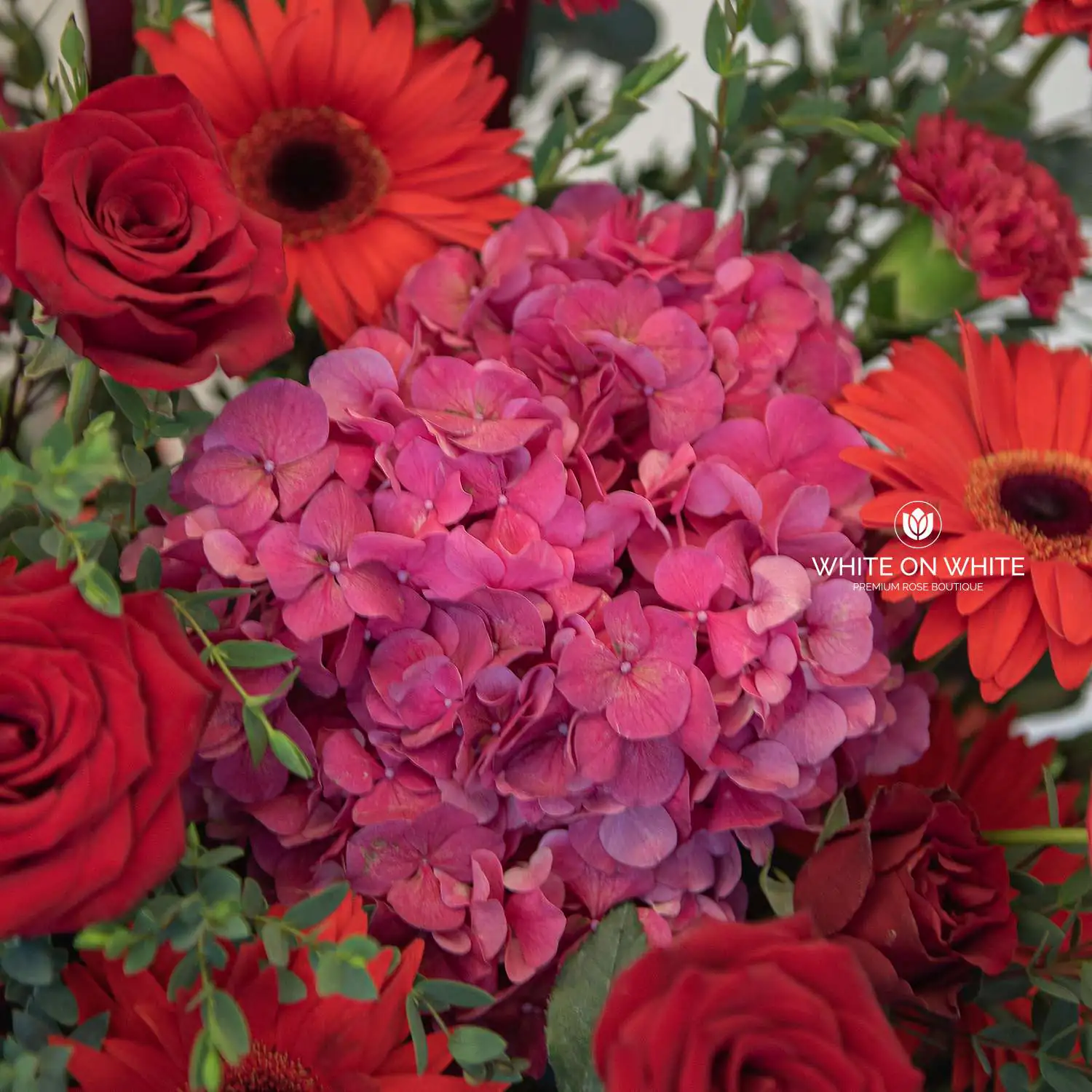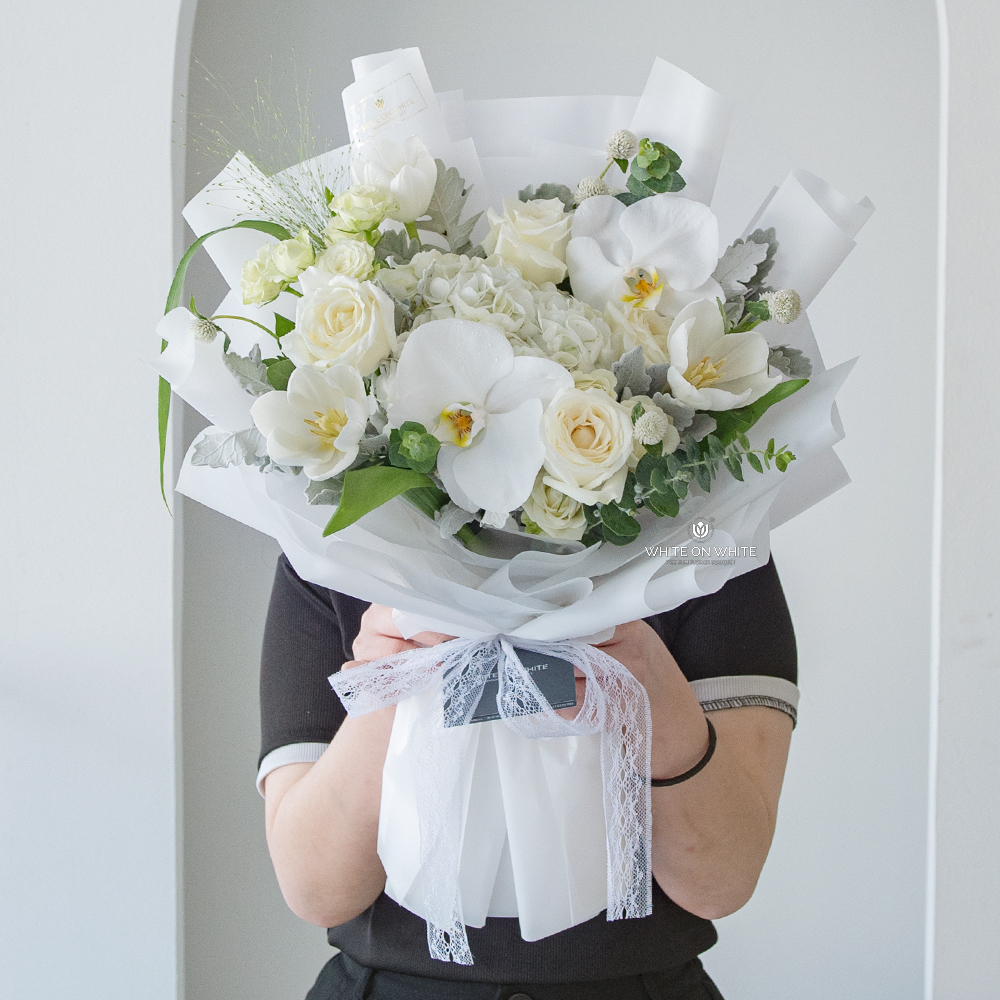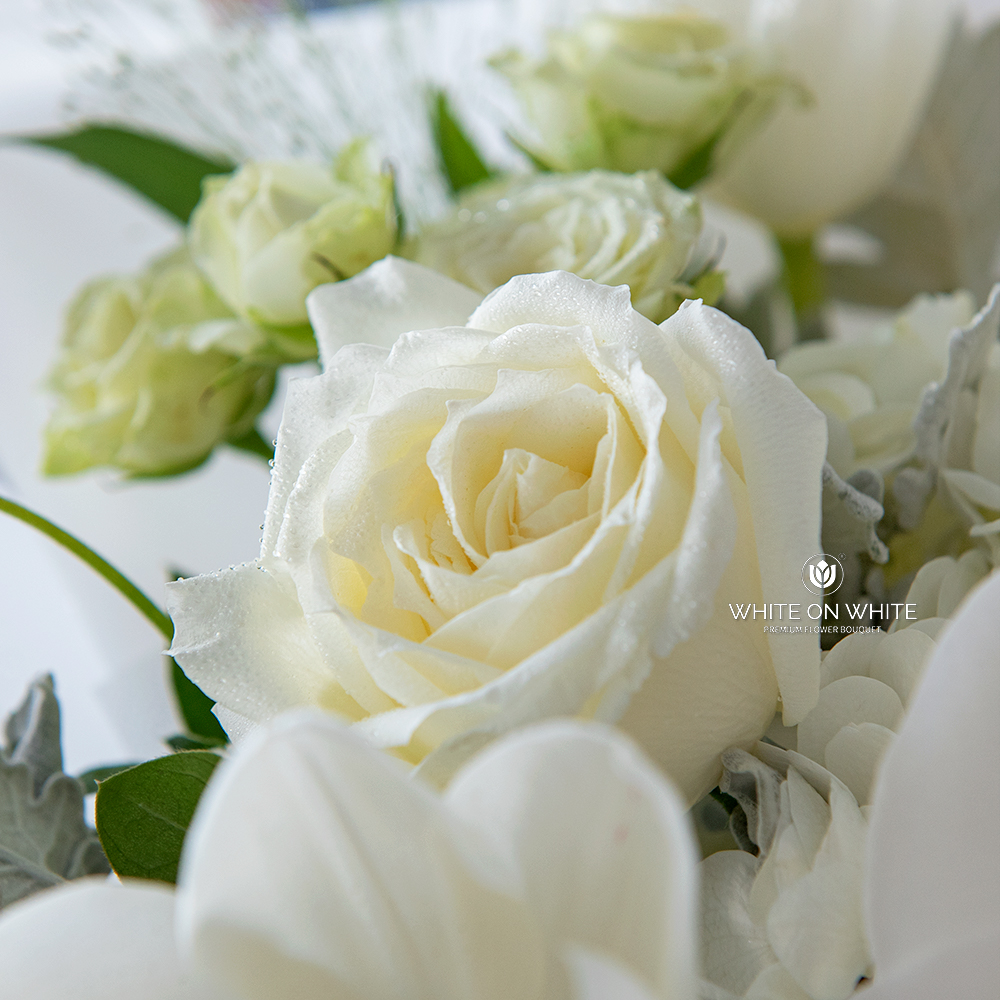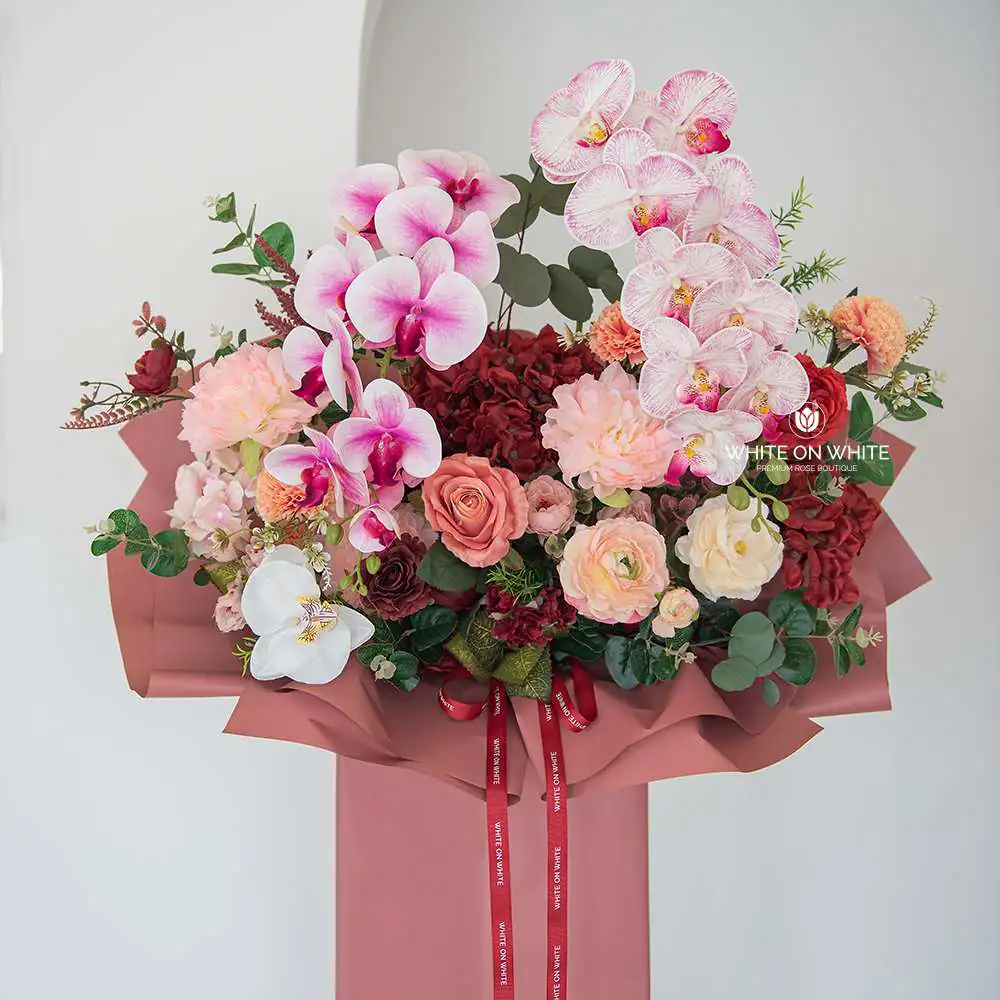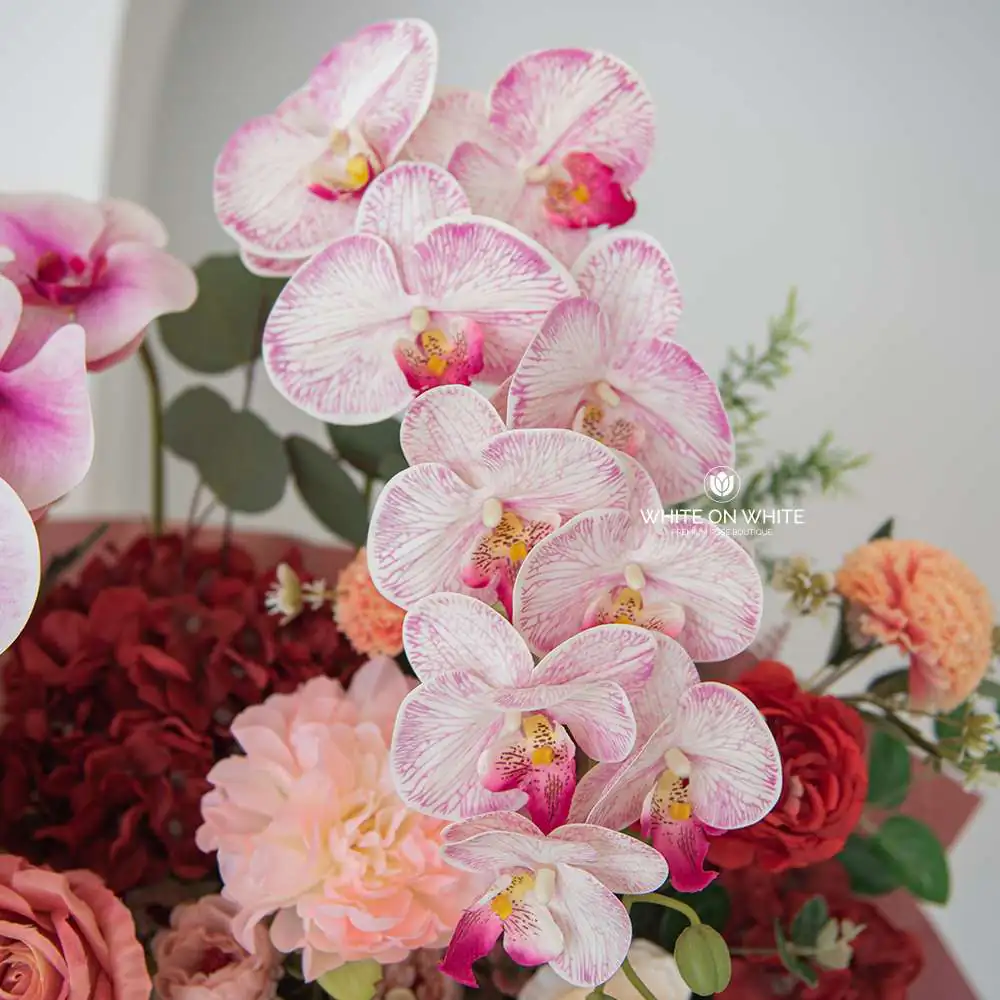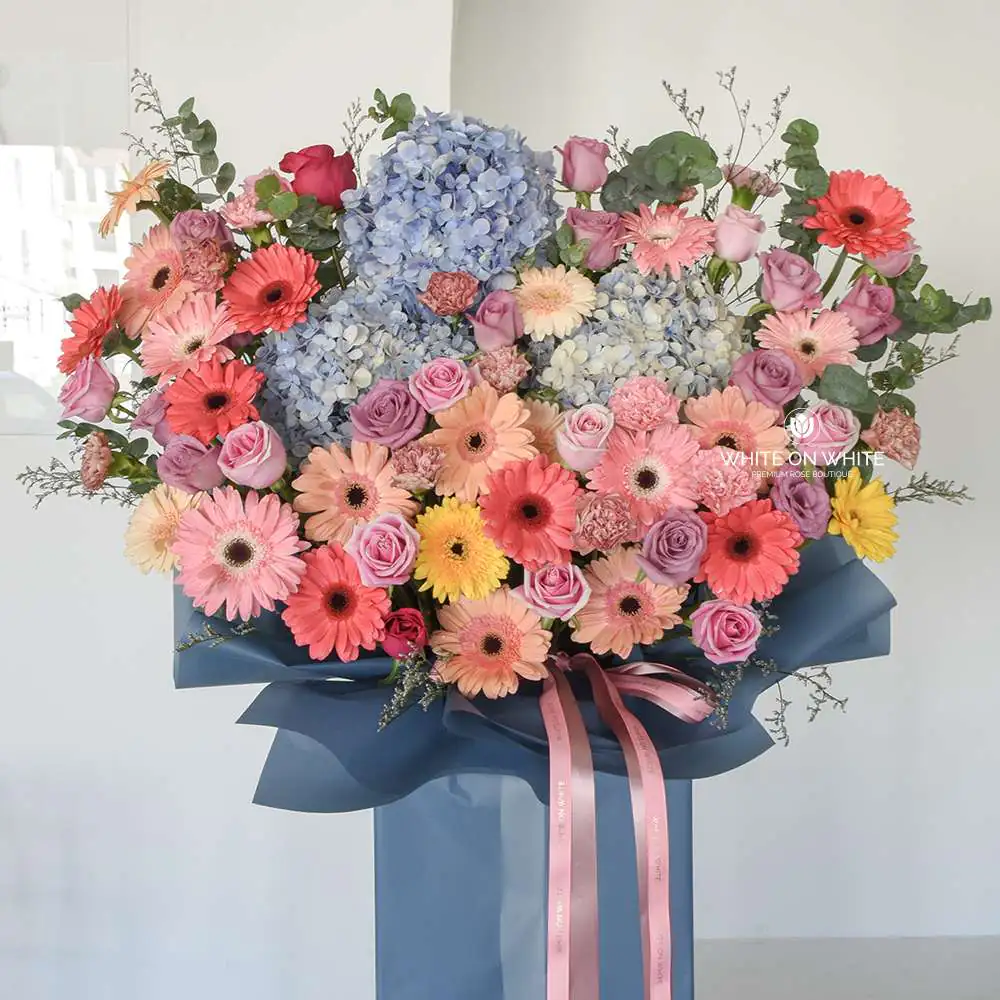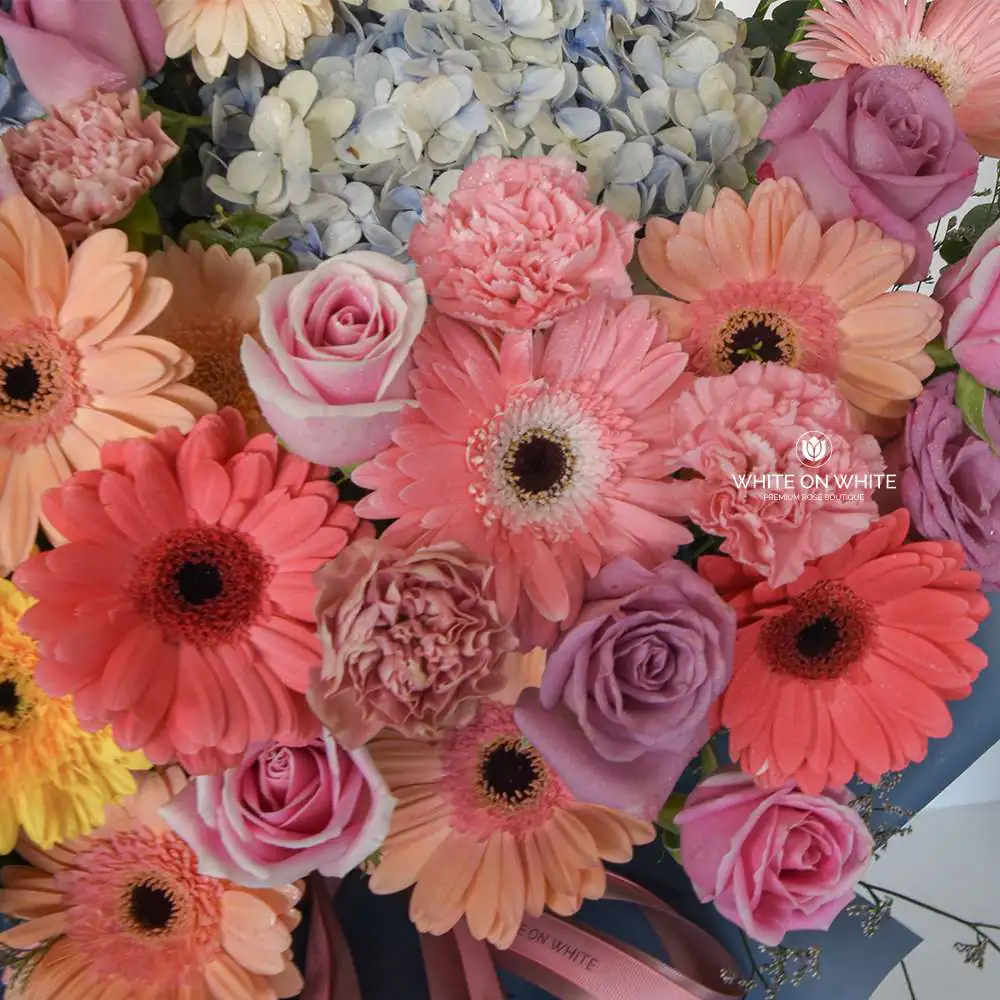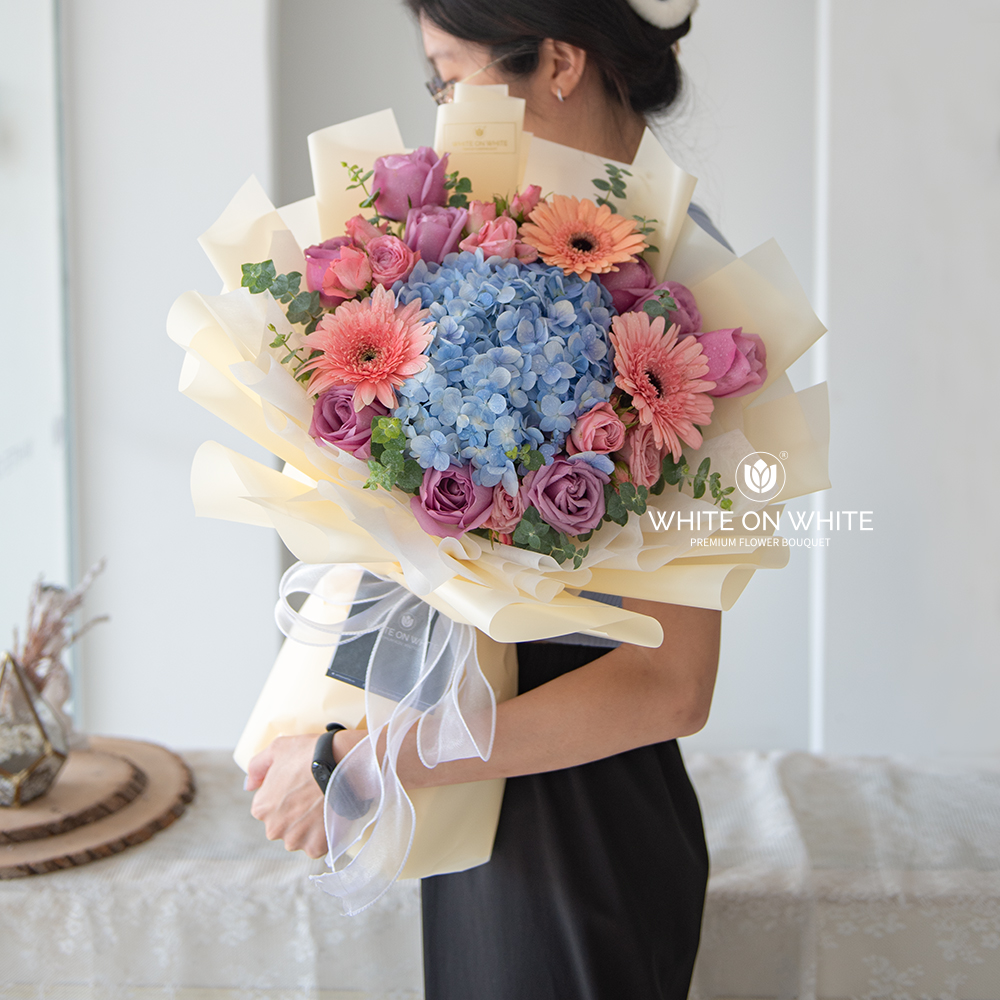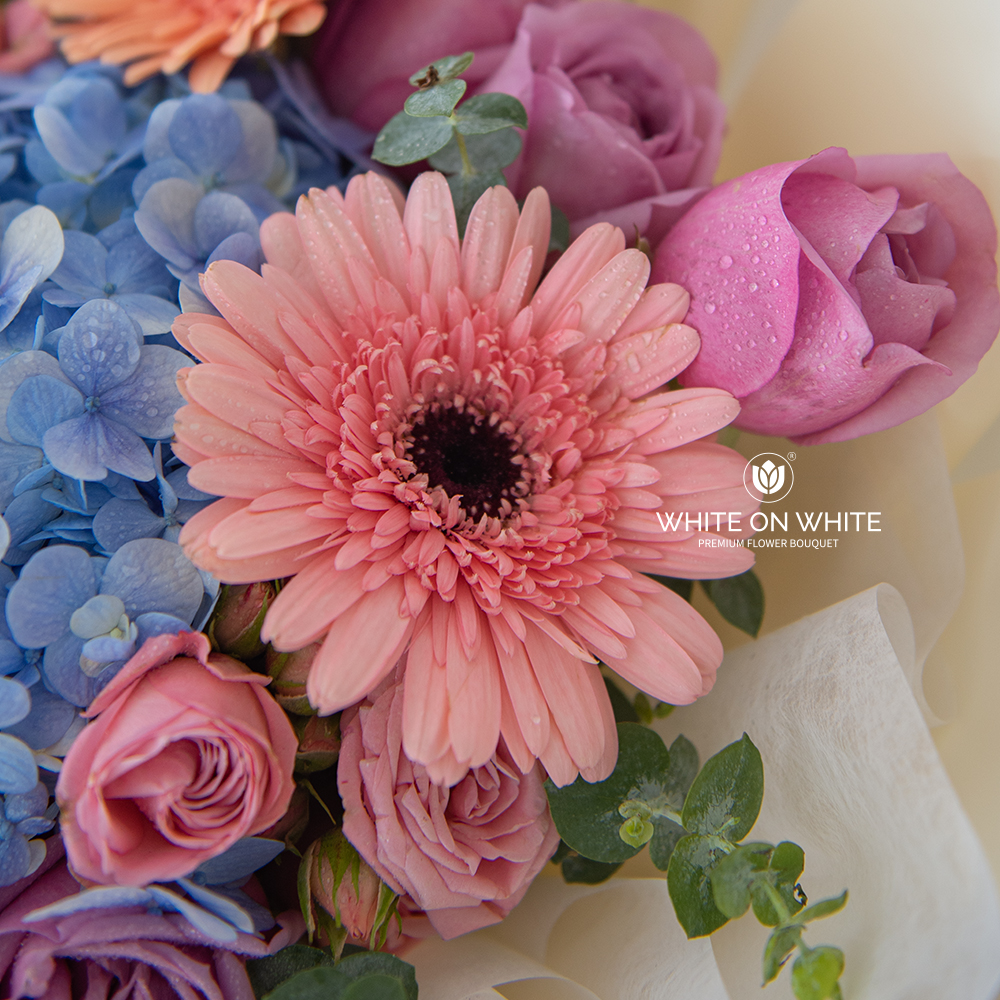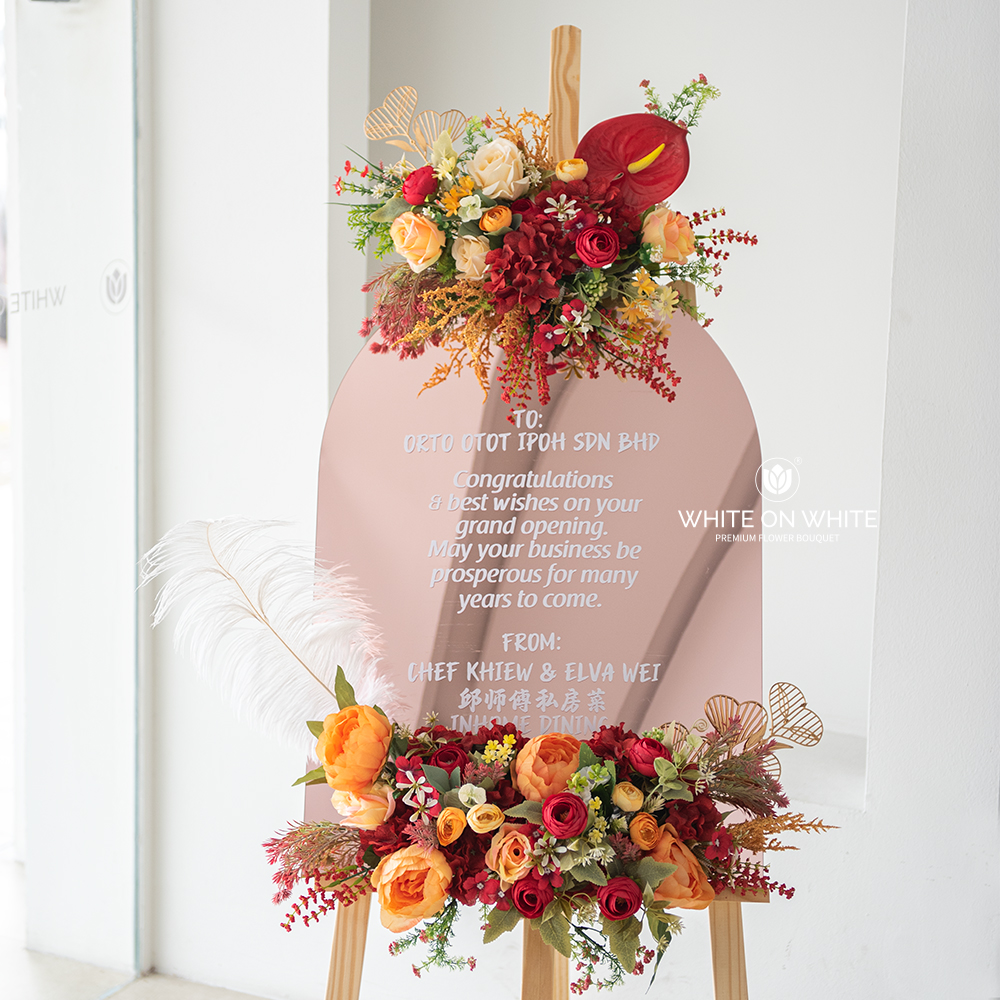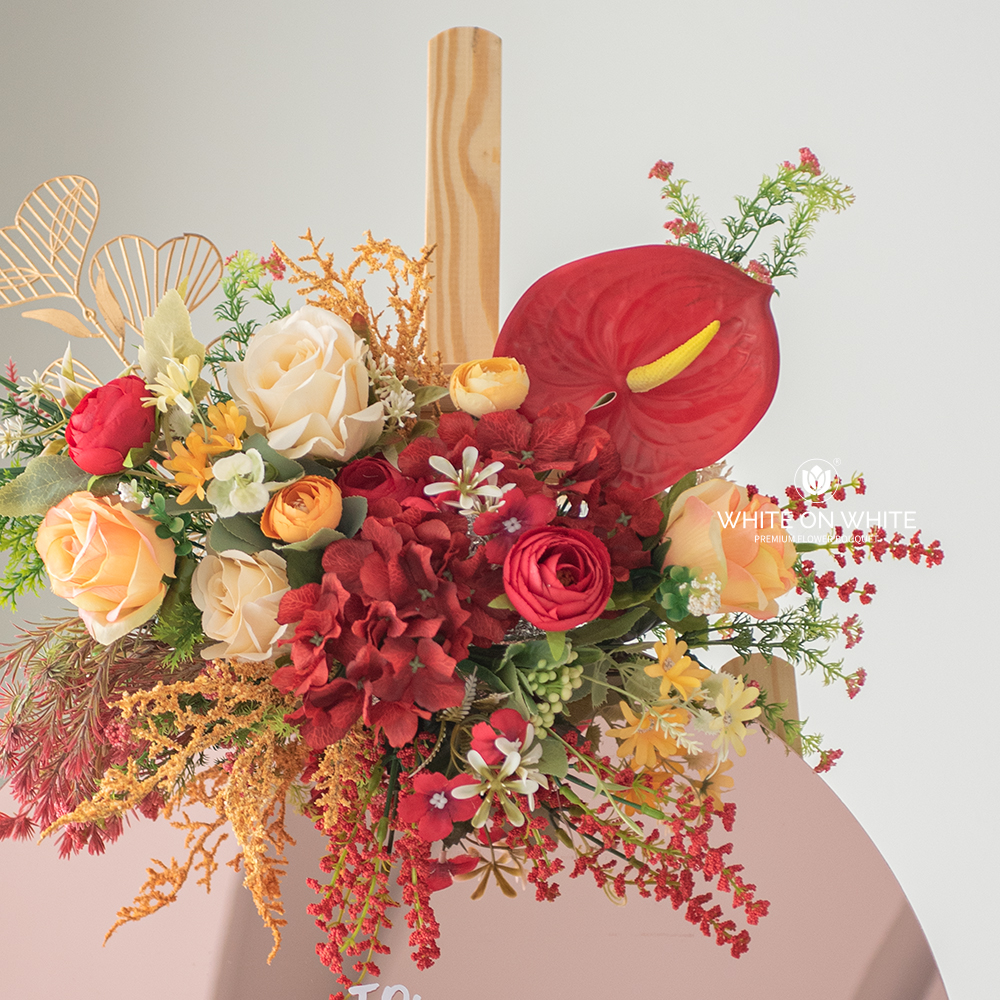Interesting! These Flowers Surprisingly Stay Fresh For The Longest Time
-
Posted by
Hanim Nayan
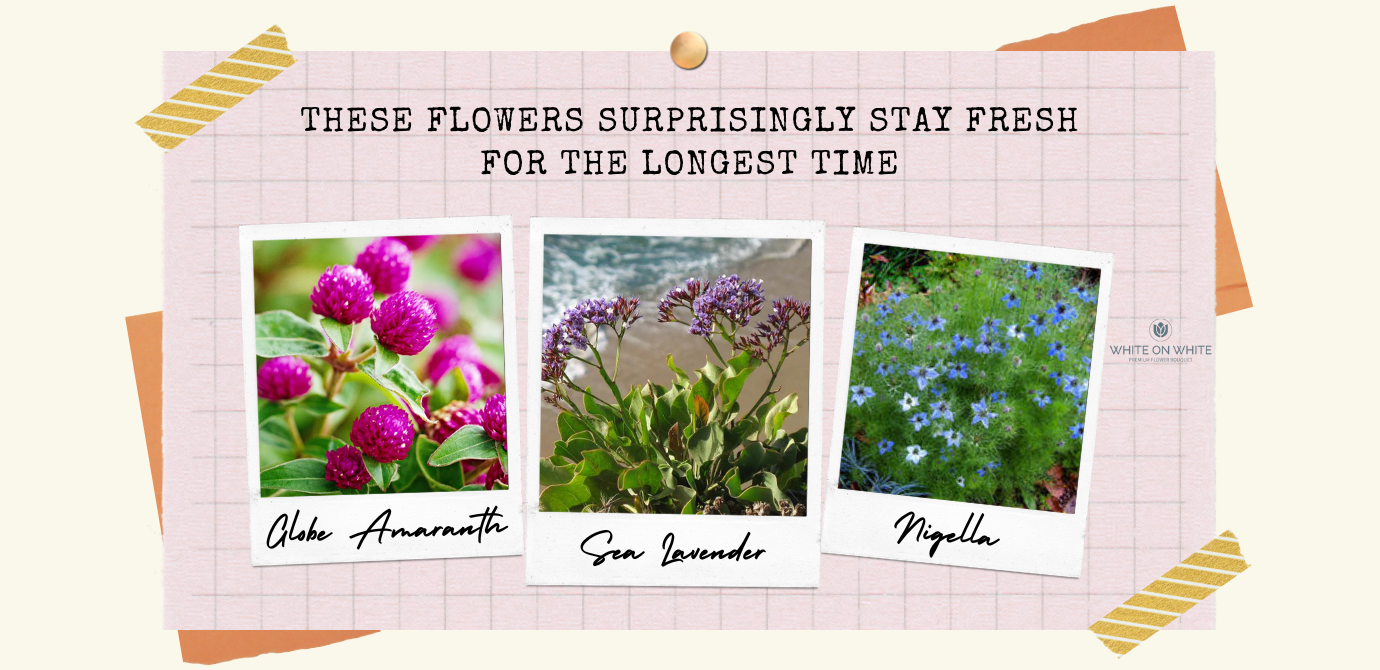
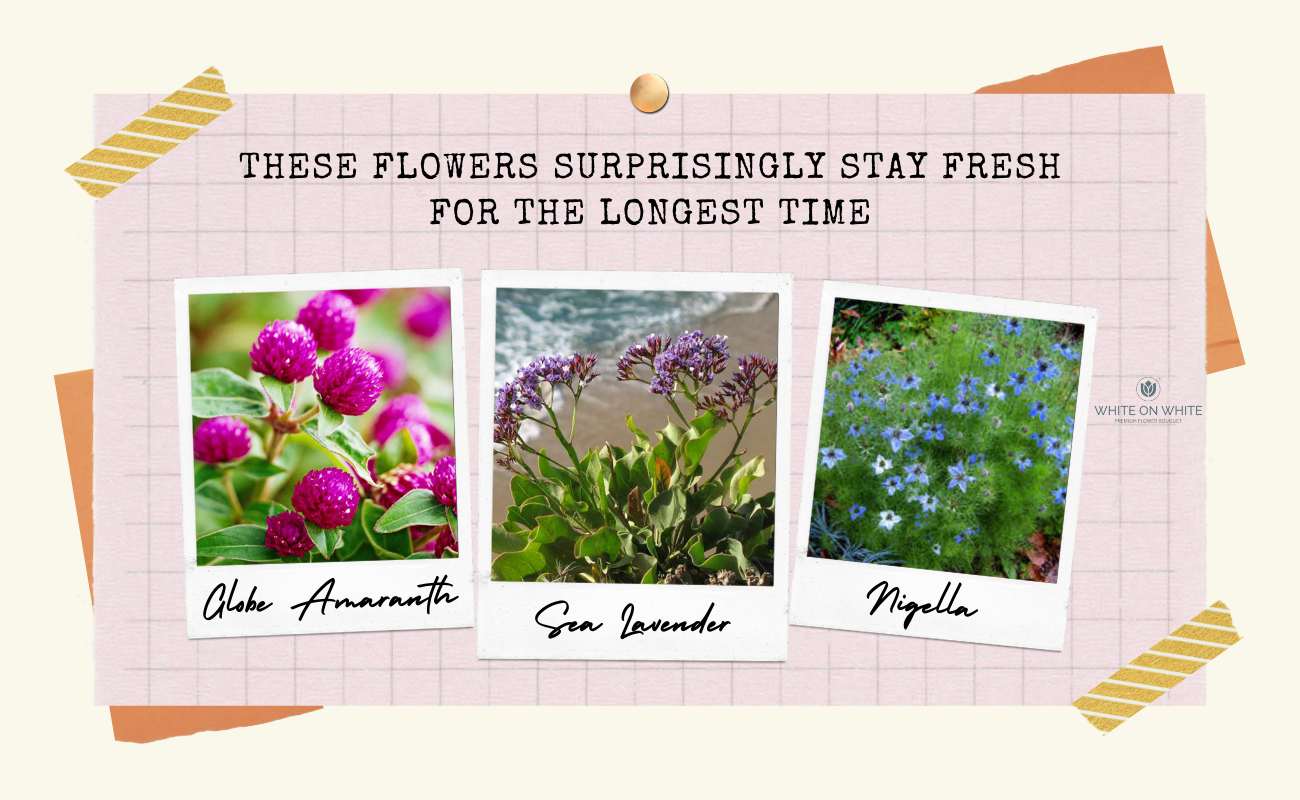
- An experienced florist has revealed few hacks to keep fresh flowers stay fresh for the longest time
READ MORE: How To Care For A New Delivered Flower
‘Mmmm!’ Do you always sniff your fresh flowers after you buy them from any floral shop? Sniffing the fresh scent can instantly uplift your mood and energize you for the week, right? But then…ugh! Frustration sets in when those beatiful bloom started to wilt. Eventhough you have followed all the care tips to make sure the fresh flowers stay longer but the result still doesn’t make you satisfied. But hey, that’s normal right? Isn’t that just the way it goes? Live flowers eventually fade. But have you ever wondered if there are flowers that stay fresh for a long time, even without water?
Of course no flowers will stay fresh indefinitely without water, but some varieties hold up much better than others when cut and deprived of hydration. Here are some champions that can last for days, even weeks, without water.
Globe Amaranth
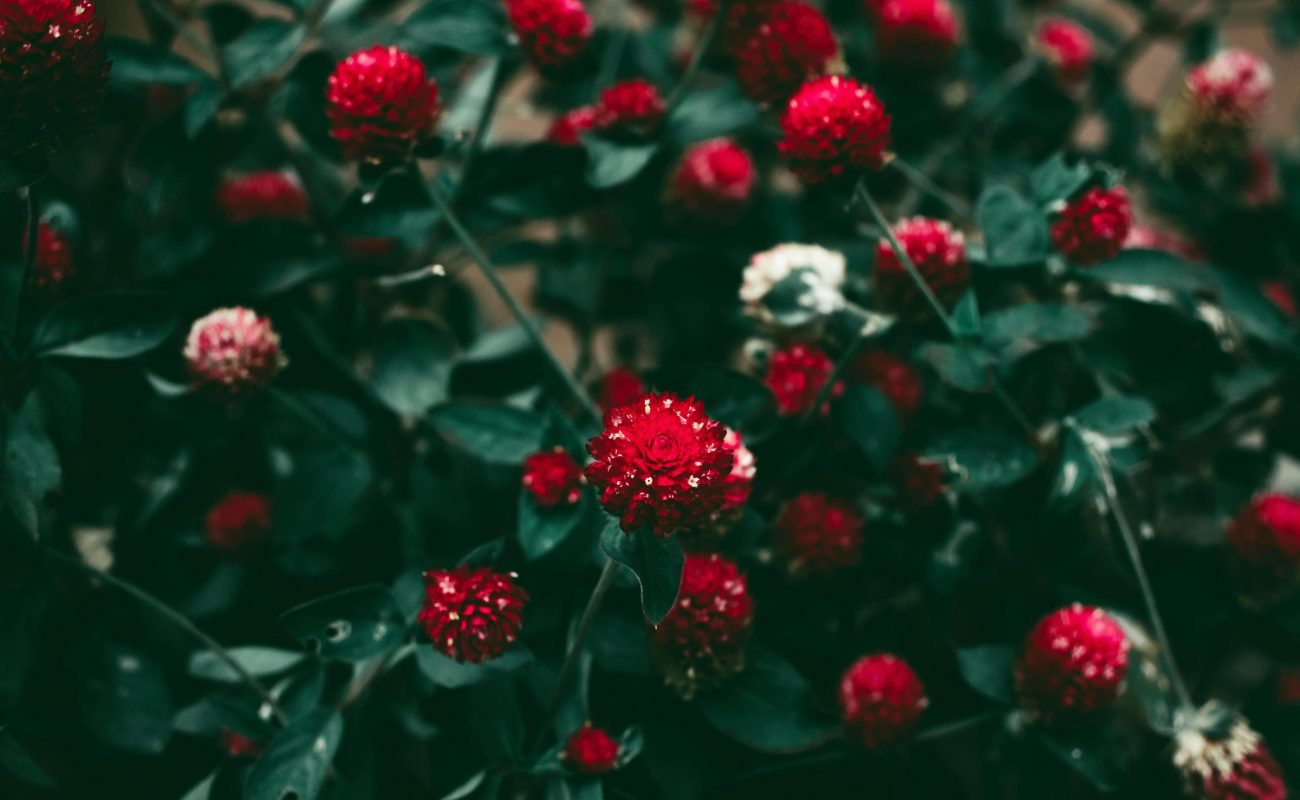
The globe amaranth (Gomphrena globosa) is a beautiful flowering plant native to Central America, particularly Guatemala, Panama, and Brazil. It’s known for its vibrant, long-lasting flowers that come in a variety of colors, including pink, purple, red, orange, white, and lilac.
Here’s a closer look at some of the key characteristics of globe amaranth:
- Long-lasting: One of the most appealing features of globe amaranth is its extended lifespan. Even after being cut, the flowers stay fresh and can retain their color, shape for weeks or even months which makes them a popular choice for dried flower arrangements.
- Appearance: Globe amaranth is an annual plant that typically grows to be around 24 inches tall. It has upright stems with simple, opposite leaves. The star of the show, however, are the flowerheads. These are actually clusters of tiny, inconspicuous flowers surrounded by showy bracts, which are modified leaves that resemble petals. The bracts are what give the globe amaranth its characteristic round shape and vibrant colors.
- Heat and drought tolerant: Globe amaranth is a low-maintenance plant that thrives in hot, sunny weather. It’s also quite drought tolerant, making it a good choice for gardeners in dry climates.
Sea Lavender
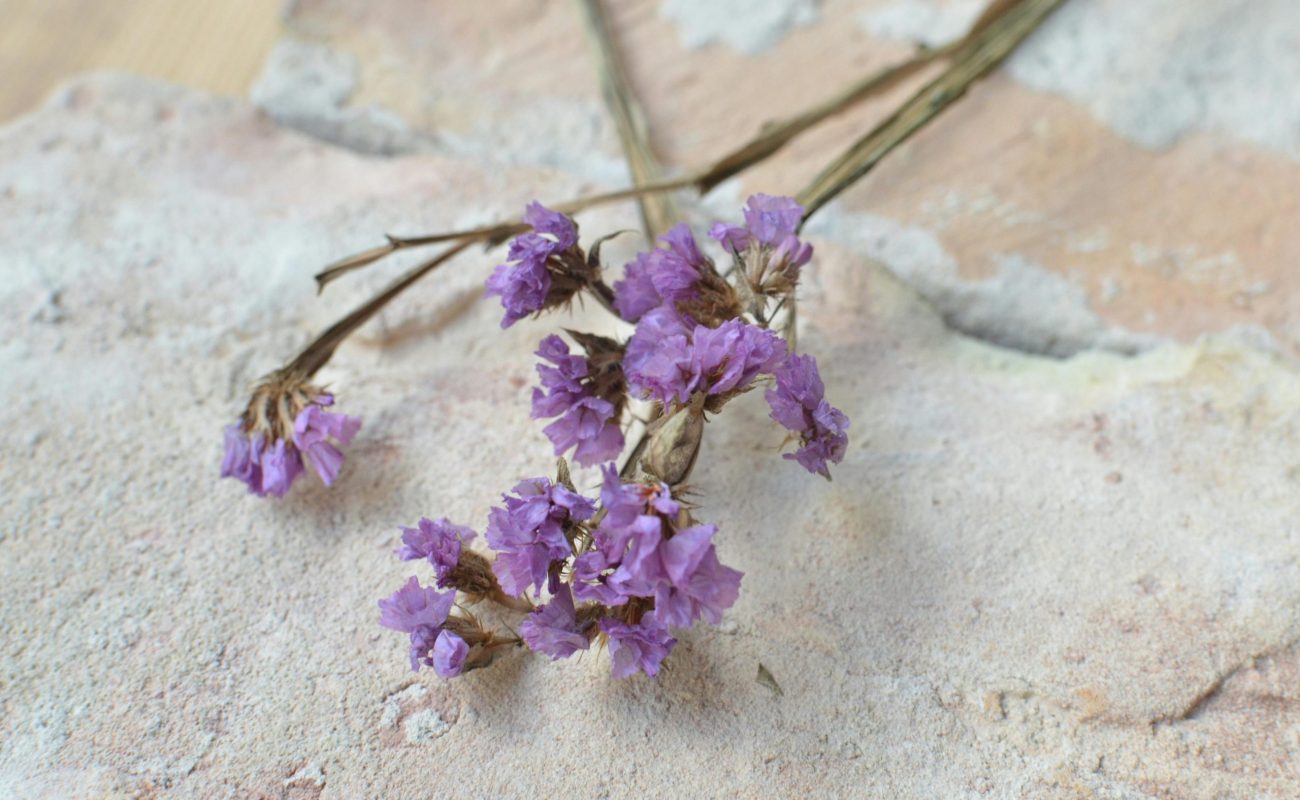
Imagine a plant that lives by the beach, loves the salty breeze, and explodes with tiny, colorful fireworks every summer. That’s sea lavender! With its beautiful purple blooms and fragrant aroma, sea lavender can last for weeks without water.
- General Characteristics: Sea lavender (Limonium) is a genus of about 600 flowering plant species belonging to the Plumbaginaceae family. Despite its name, it’s not actually related to lavender or rosemary. These perennial plants are native to coastal areas around the world, often found thriving in salt marshes and sand dunes.
- Appearance: Sea lavender is known for its beautiful flower clusters that resemble clouds of tiny blooms. The flowers themselves are usually small and come in various shades of blue, purple, pink, white, and even rare yellow varieties. The most eye-catching part is the calyx, the outermost ring of sepals that surrounds the flower. These papery bracts hold their color well, even after the tiny flowers inside have faded. The green, leathery leaves form a basal rosette at the base of the plant.
- Long-lasting: One of the reasons sea lavender is a popular choice for gardeners and florists is its extended lifespan. Even when cut and deprived of water, the dried flower heads can retain their color and form for weeks, making them excellent for dried arrangements.
- READ MORE: Top 5 Exotic Flowers Available in Malaysia
Nigella
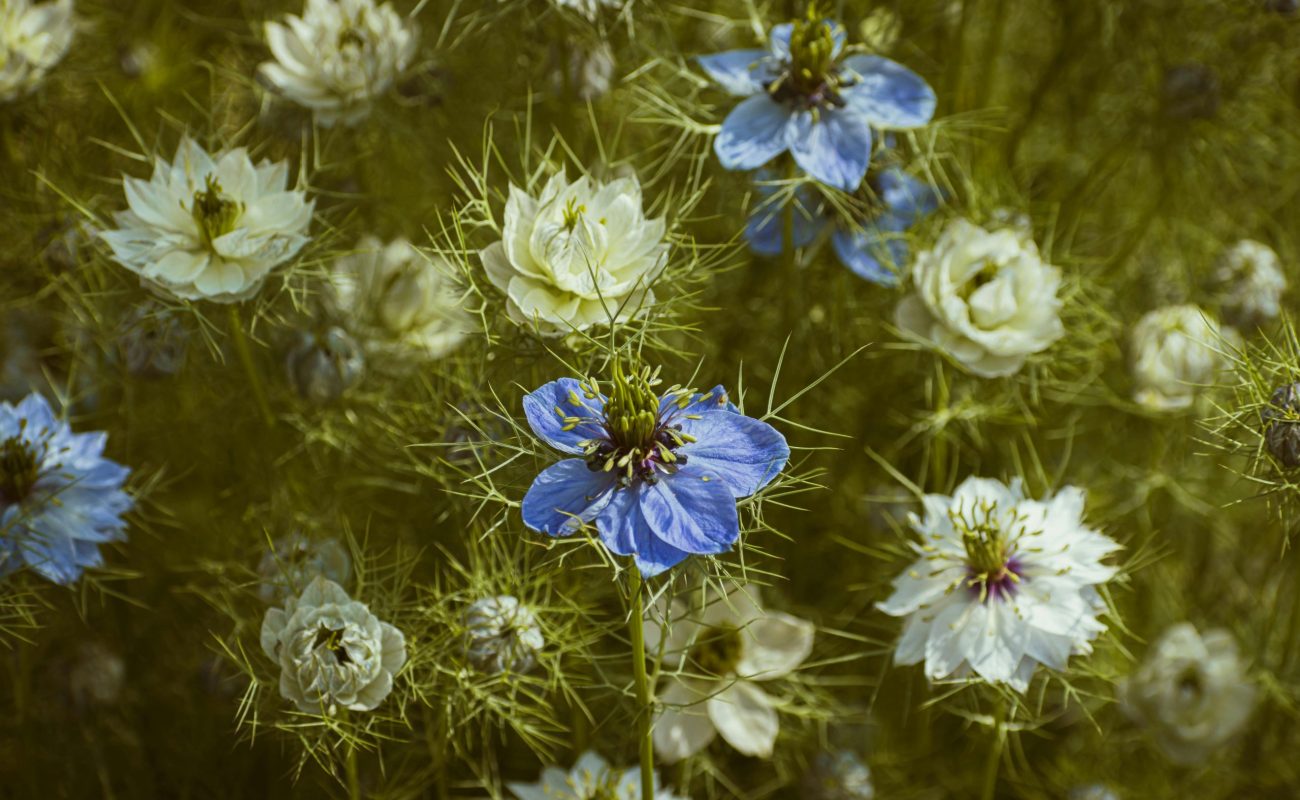
Also known as Love-in-a-Mist or Devil in the Bush, the seed pods of the Nigella plant are another interesting addition to dried arrangements. They have a papery texture and come in green, white, and yellow colors.
Feathery Fashionista: Nigella boasts beautiful, finely divided green foliage that looks like it stepped out of a fairytale. Imagine delicate ferns dancing around the base of the plant.
Showstopper Blooms: Unlike some flowers that announce their arrival with a loud display of color, Nigella is a bit more mysterious. It produces single or double flowers in shades of white, pink, blue, or violet, but the real star of the show is the ruff! Each flower is surrounded by a ring of finely dissected, wispy leaves that create a hazy mist around the blooms, adding to the plant’s romantic allure.
Easy Breezy Care: Nigella is a gardener’s dream. It’s an annual plant, meaning it completes its lifecycle in one season, but don’t let that fool you. It’s a cool-weather lover that thrives in spring and early summer, requiring minimal pampering. Just give it some well-drained soil, a sunny spot, and it’ll reward you with its whimsical beauty.
- Secret Agent of the Garden: Nigella might seem delicate, but it has a hidden talent! It’s self-seeding, which means the seed pods burst open when mature, scattering seeds that sprout new plants the following season. So, even if you only plant Nigella once, you might find it popping up year after year, adding a touch of delightful surprise to your garden.
Artificial Flowers

Now, why don’t we forget about fading flowers and choose artificial flowers instead? I know we all love the vibrant joy of fresh flowers but their fleeting beauty can be a bit of a downer, right? Let’s be honest. What do you feel as a sender if your gift wilt faster than a forgotten New Year’s resolution? Sad, right? That is what some of our customers shared with us which led them to buy our artificial flowers.
If you wish you could give a gift that keeps on blooming, a vibrant symbol of your thoughtfulness that won’t turn brown and droppy, artificial flowers is the answer! Unlike their fresh counterparts, artificial flowers offer the gift of everlasting beauty, minus the constant watering and sad goodbyes. Intrigued? Keep reading to discover the many benefits of artificial flowers and when they might be the perfect gift for someone special.
Forever Blooming Beauty
- Everlasting Vibrancy: Artificial flowers maintain their color and shape for years, offering a constant reminder of your thoughtfulness.
- Low Maintenance: No watering, sunlight, or special care is needed. Perfect for busy recipients or those who struggle with keeping plants alive.
- Allergy-Friendly: No pollen or fragrance, making them a safe choice for people with allergies or sensitivities.
- Wide Variety: Available in all sorts of colors, styles, and arrangements to suit any taste. You can find realistic replicas of real flowers or unique and creative options.
- Cost-Effective: A single high-quality artificial arrangement can last longer than multiple bouquets of fresh flowers.
Housewarming Gift

Brighten up a new space with a beautiful arrangement.
Office Decor
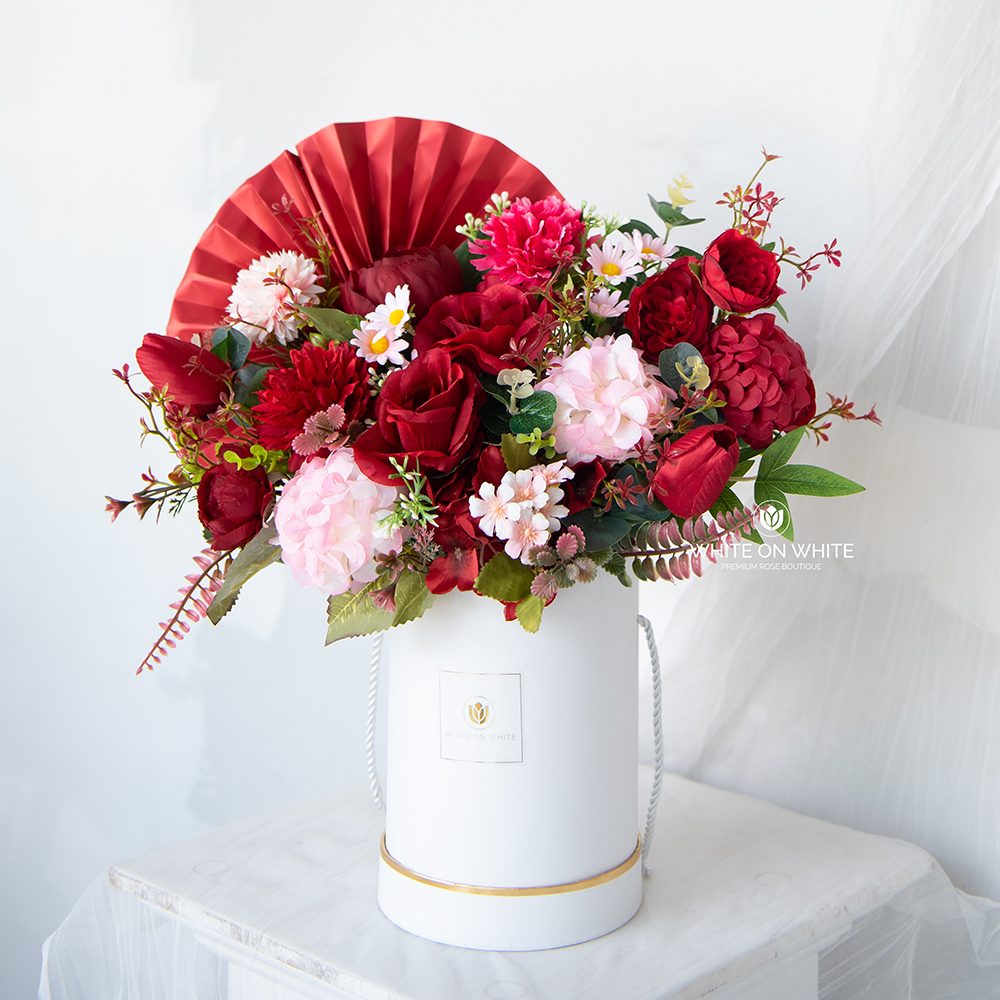
Add a touch of color and cheer to a work environment.
Get Well Soon

A vibrant arrangement can brighten someone’s day without needing care.
Sympathy Gift

A tasteful arrangement can offer a lasting symbol of comfort.
Congratulations
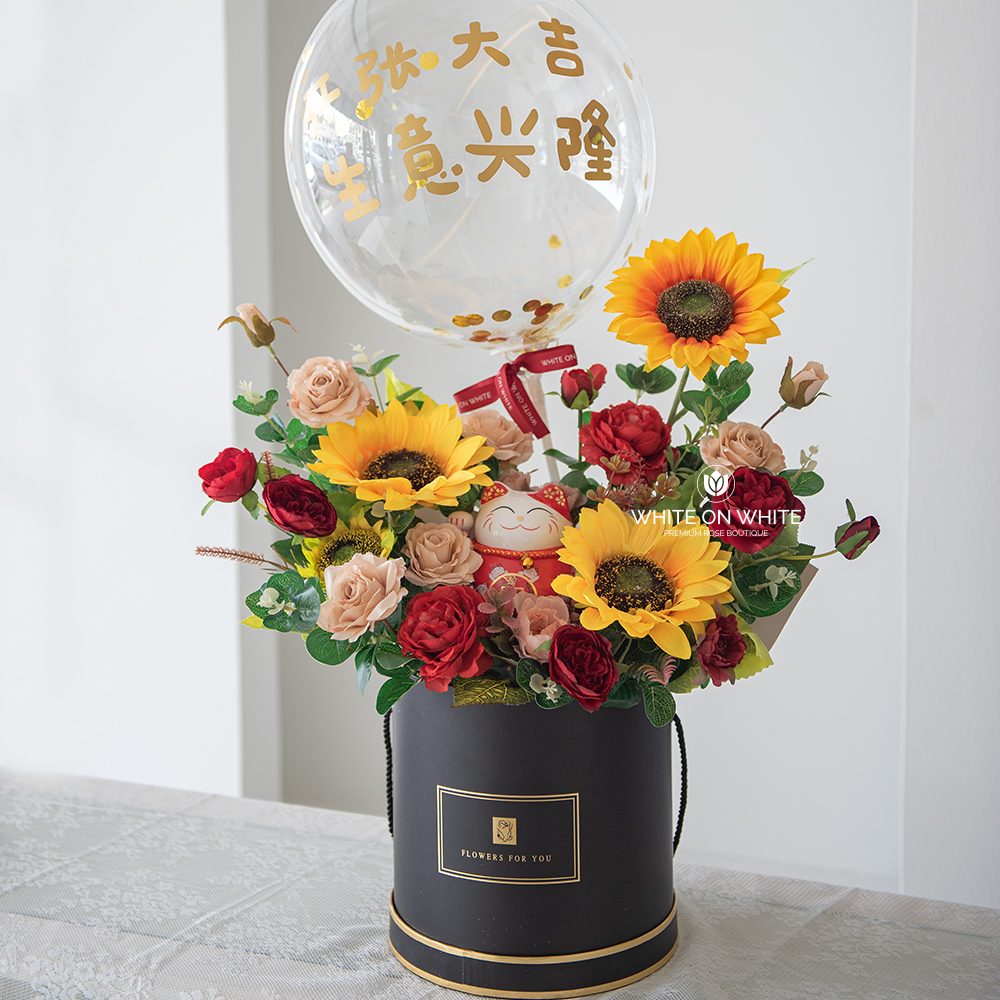
Celebrate achievements with a unique and enduring arrangement.
Birthdays
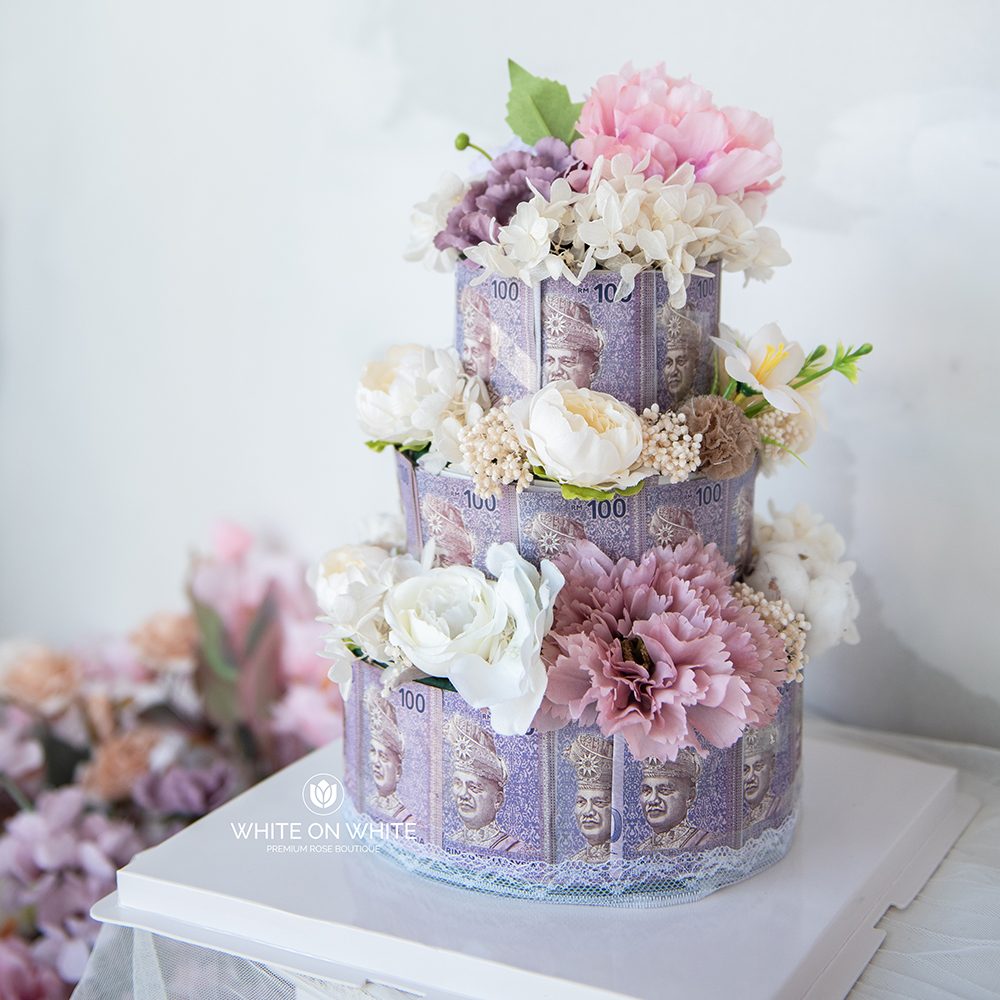
Choose a cheerful floral design to celebrate a special day.
Dried flowers
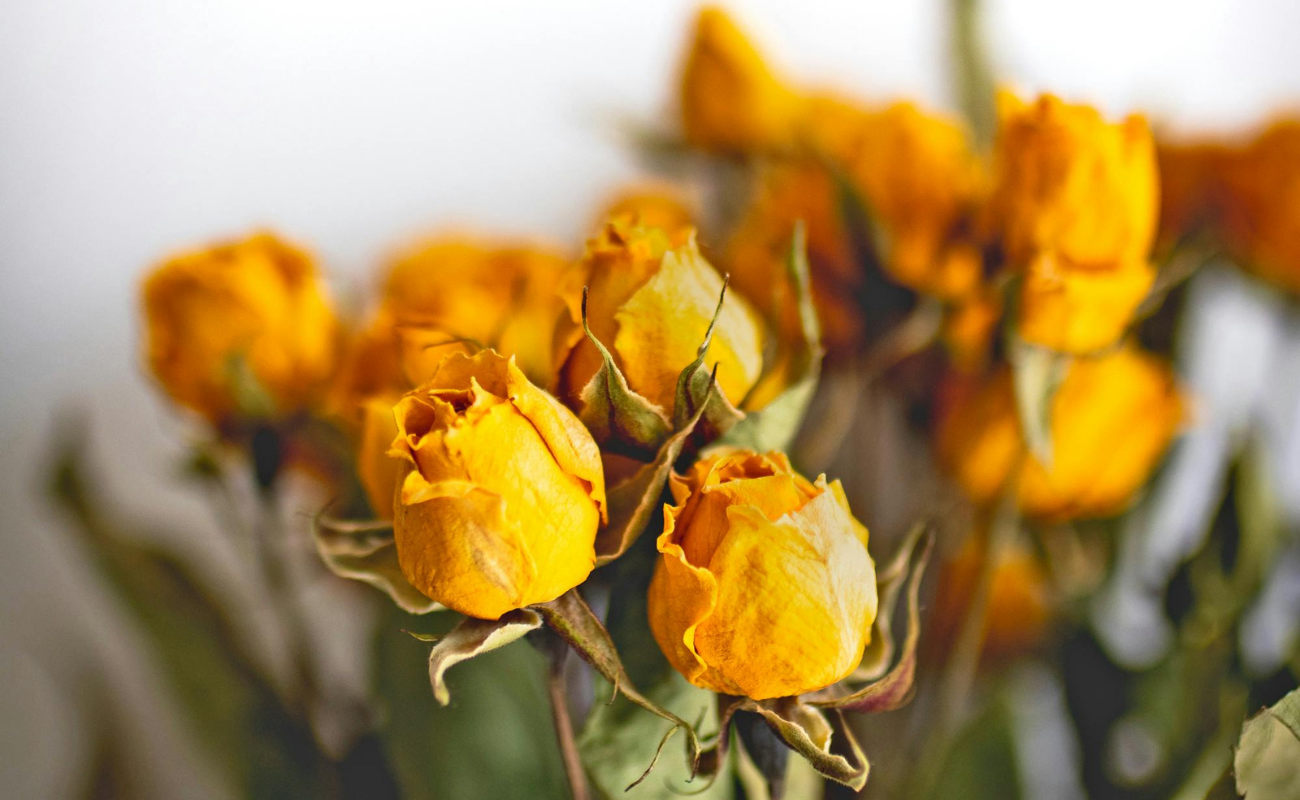
Dried flowers are simply fresh flowers that have undergone a process to remove most of their moisture content. This dehydration process pauses the flower’s natural decomposition, allowing you to enjoy its beauty for months or even years.
There are several methods for drying flowers, with air drying being the simplest. This involves bundling the stems together and hanging them upside down in a cool, dark, and well-ventilated area. The darkness helps prevent color fading, while good airflow ensures even drying and reduces the risk of mold growth.
Some flowers, particularly those with thicker petals or a high moisture content (like roses), may benefit from a more controlled drying technique. Silica gel is a popular choice for these blooms. The flowers are placed in a container filled with silica gel desiccant, which absorbs the moisture and helps the flowers retain their shape and vibrant colors.
Flowers that Perfect for Drying
Not all flowers are created equal when it comes to drying. The ideal candidates tend to have sturdy stems and papery or thin petals that hold their shape well during dehydration. Here are some popular choices for creating stunning dried flower arrangements:
- Lavender: These fragrant purple bundles add a touch of rustic charm to any space.
- Hydrangeas: Their beautiful blooms come in a variety of colors and hold their shape well when dried, adding a pop of color to arrangements.
- Baby’s Breath: People usually use Baby’s Breath as dried flower displays. These delicate flowers add a touch of whimsy and texture in the arrangement.
- Strawflowers: With their papery petals that come in a variety of vibrant colors, strawflowers are a natural choice for long-lasting arrangements.
- Globe Amaranth: These unique button-like flowers come in various shades and dry beautifully, retaining their vibrant color for extended periods.
By incorporating dried flowers into your home decor, you can bring a touch of everlasting beauty and natural charm that transcends the seasons. Stay tuned for our next blog post, where we’ll delve into inspiring ideas for using dried flowers in your home!
Hydrangeas
Hydrangeas are known for their large, showy blooms and come in a variety of colors. Unfortunately, hydrangeas are not the flowers that can stay fresh for the longest time without water. In fact, they’re quite thirsty and wilt readily if left out of water. Here’s the truth about hydrangeas:
✨ Hydrangeas Love Water ✨
They are big water drinkers and need a constant supply to stay fresh. Cut hydrangeas can last for 7-14 days with proper care, which includes keeping the stems in water. Here’s a deeper dive into why hydrangeas love water:
- Shallow Root System: Unlike some plants with deep taproots that can access water stored deep underground, hydrangeas have a shallow root system. This means they rely heavily on frequent watering, especially during hot and dry periods. The shallow roots can’t access moisture as readily from deeper soil layers.
- Large Leaves: Hydrangeas have big, beautiful leaves that help them capture sunlight for photosynthesis. However, these large leaves also contribute to significant water loss through transpiration (the process where plants release water vapor from their leaves). This constant evaporation necessitates consistent water intake to keep the leaves hydrated and prevent wilting.
- Blooming Power: Hydrangeas produce large, dense flower clusters that require a lot of energy to maintain. This energy production process consumes water. To keep the blooms vibrant and healthy, the plant needs a steady supply of water.
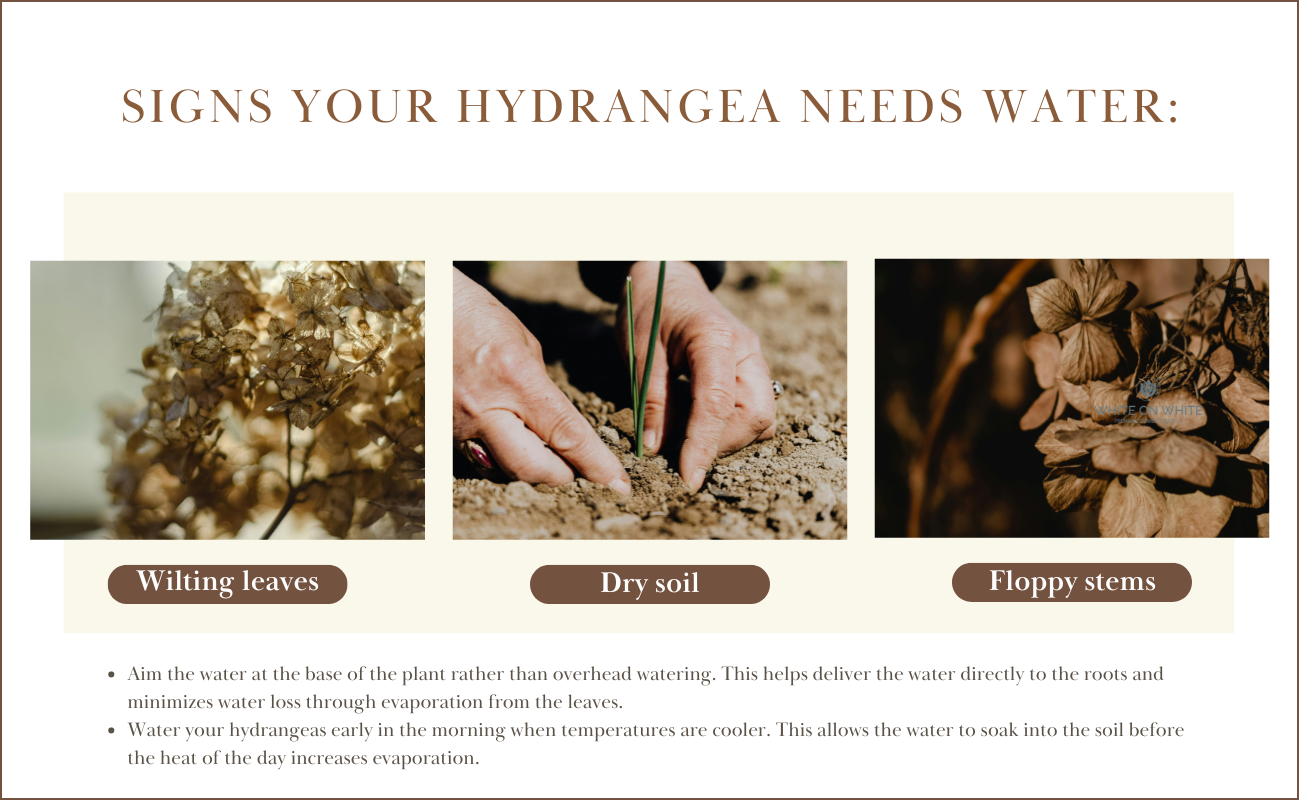
Watering Tips for Hydrangeas
- Deep watering: Instead of frequent shallow watering, focus on deep watering that thoroughly saturates the root zone. This encourages the roots to grow deeper in search of moisture, making the plant more resilient in the long run.
- Soak the base: Aim the water at the base of the plant rather than overhead watering. This helps deliver the water directly to the roots and minimizes water loss through evaporation from the leaves.
- Mulch around the plant: A layer of mulch around the base of the hydrangea helps retain moisture in the soil and reduces evaporation.
- Morning watering: Water your hydrangeas early in the morning when temperatures are cooler. This allows the water to soak into the soil before the heat of the day increases evaporation.
- Drying Hydrangeas is an Option: If you want long-lasting hydrangeas, you can dry them! Cut the blooms in late summer/fall when they start to dry naturally and hang them upside down in a cool, dark, well-ventilated area for several weeks.

